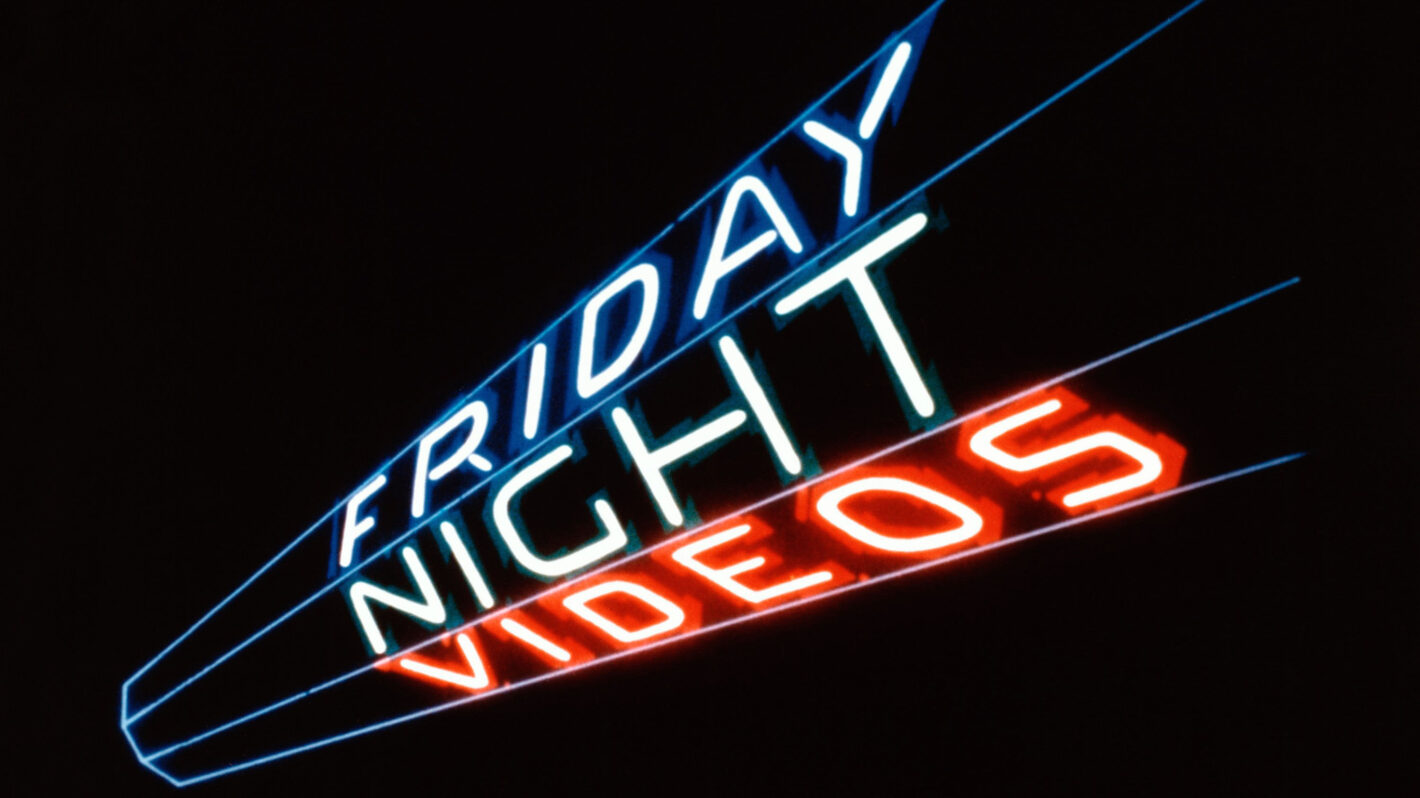Video Time-Traveler: Hang Out at a 1983 Shopping Mall Courtesy of This ‘Mall City’ Documentary
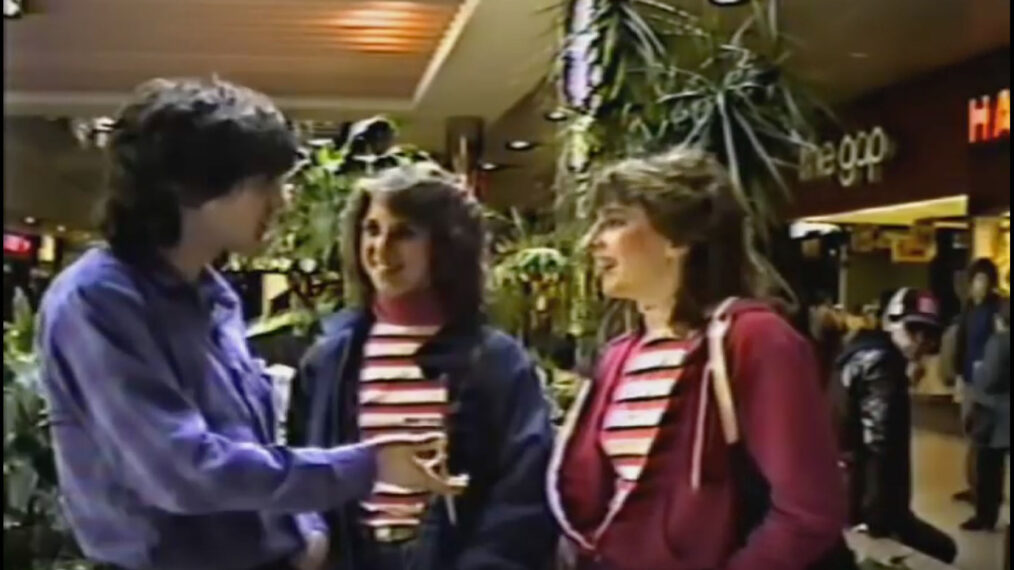
“The kids, forget about it. They take over the mall. They just come in and hang out,” says one 60s-ish-looking woman who is interviewed in the 1983 video documentary Mall City.
At another point, a man who appears to be in his late ‘30s, and who says he has a 13-year-old son, offers: “A place like this is what I would say most kids in the United States do — go out and hang out at the mall, whether it’s in California or Kansas City.”
The mall that happens to serve as the setting for this roughly 50-minute exploration into just why so many in the early ’80s did like hanging out at shopping malls is the Roosevelt Field Mall in Garden City, Long Island, New York.
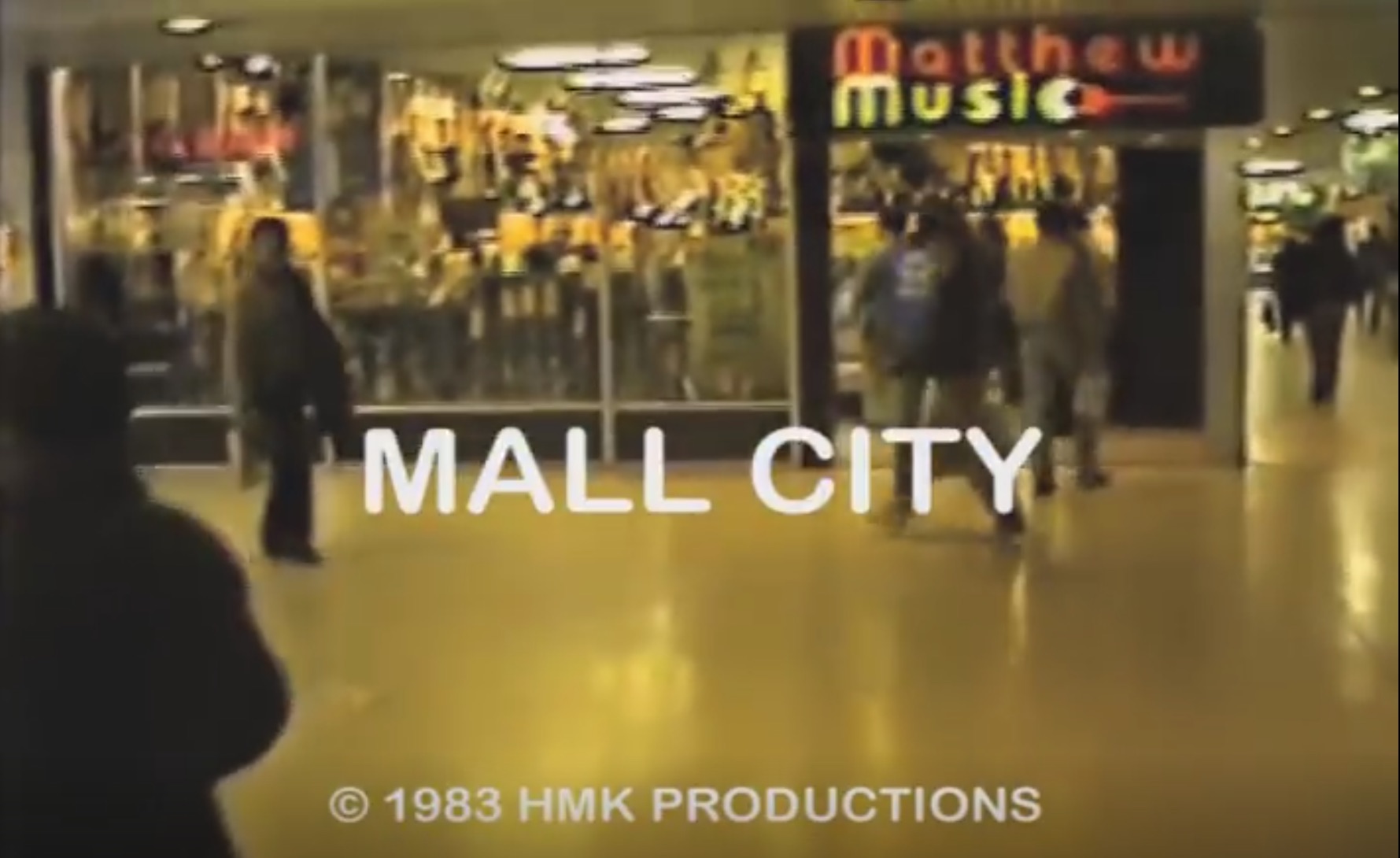
Mall City’s director, Hugh Kinniburgh, was a student at New York University’s film school in 1983. For his documentary assignment, he and a couple of friends took their state-of-the-early-‘80s-art portable video gear out to Roosevelt Mall and interviewed a range of people there, mostly asking them the simple question: “Why do you hang out at the mall?”
The resulting video is a fascinating and fun look at the heyday of the mallrat that lives up to its billing in the title credits as “a cultural adventure” and “a safari to study mall culture.”
I can’t say if Kinniburgh figured that, in addition to being a cultural study of its own time, Mall City would also become a valuable cultural artifact that people would still be enjoying 40 years later — a terrific time capsule.
But it is indeed a fascinating and fun look at that era, especially for those who lived it, whether at malls in California or Kansas City.
Check it out below (it’s also at this YouTube link).
There are, of course, some things that are unique to the Roosevelt Mall just based on its geographic location. You’ll hear a lot of thick Long Island accents in the video, and while you can spy some national stores like The Gap at the mall, there are also a few outlets that I think were largely local to the New York area as a whole, or maybe even just to Long Island.
But most of the types of people encountered in the video, and the overall look of the mall beyond any specifics, will be instantly recognizable to anyone who walked around such places in the early ‘80s.
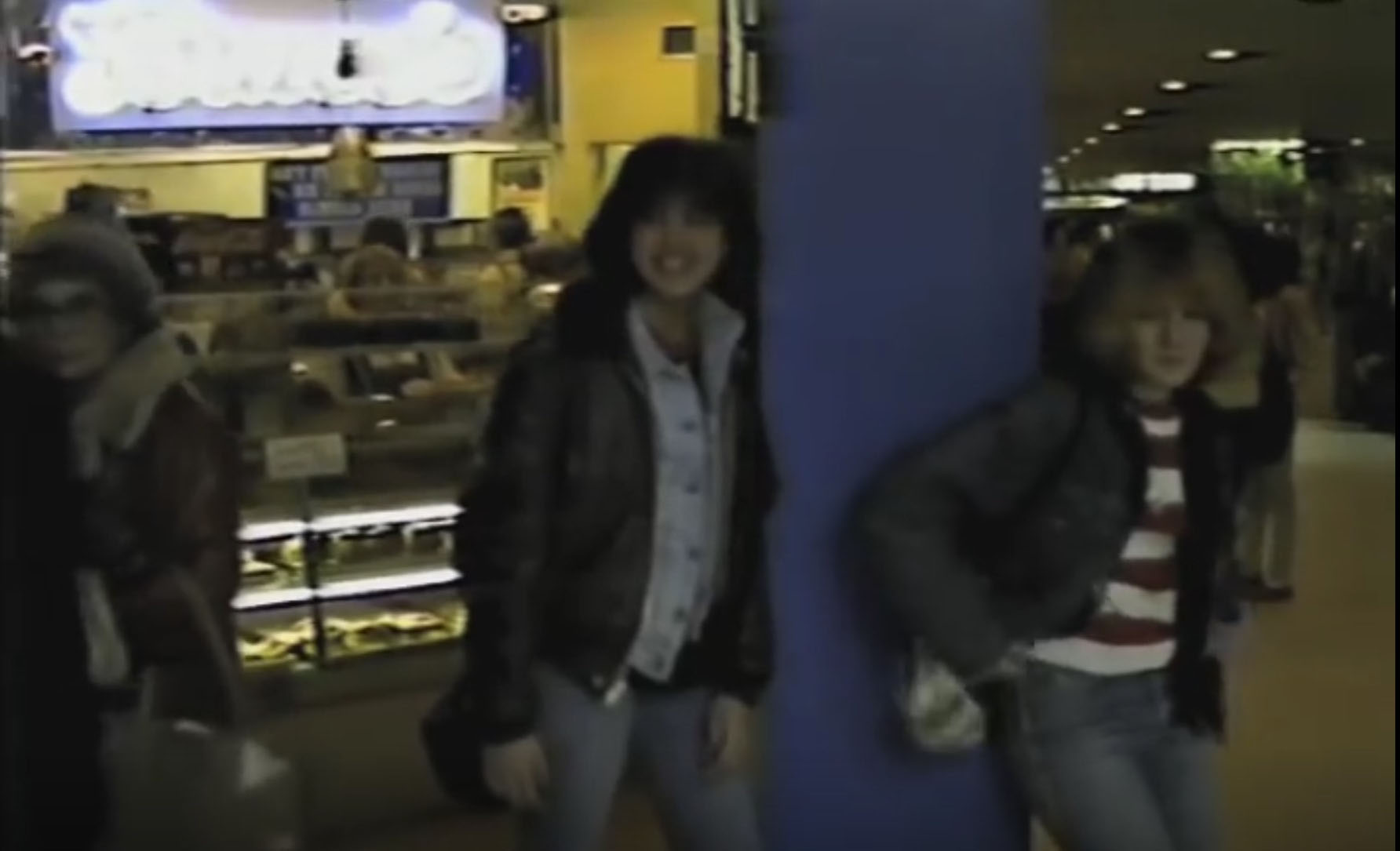
© 1983 HMK Productions/screenshot from Internet Archive
Most of the people interviewed in the video are, of course, young people. Usually very young, like between 13 and 16, given that the mall was one of the few places they could go hang out with their peers during those ages prior to being able to get into bars and clubs.
“It’s, like, where the cool people are at,” says one girl.
There is a lot of big and/or feathered hair. There are punks, preppies, some 16-year-old dudes in leather jackets who say they’re in a band (but they don’t yet have a name for it) and more.
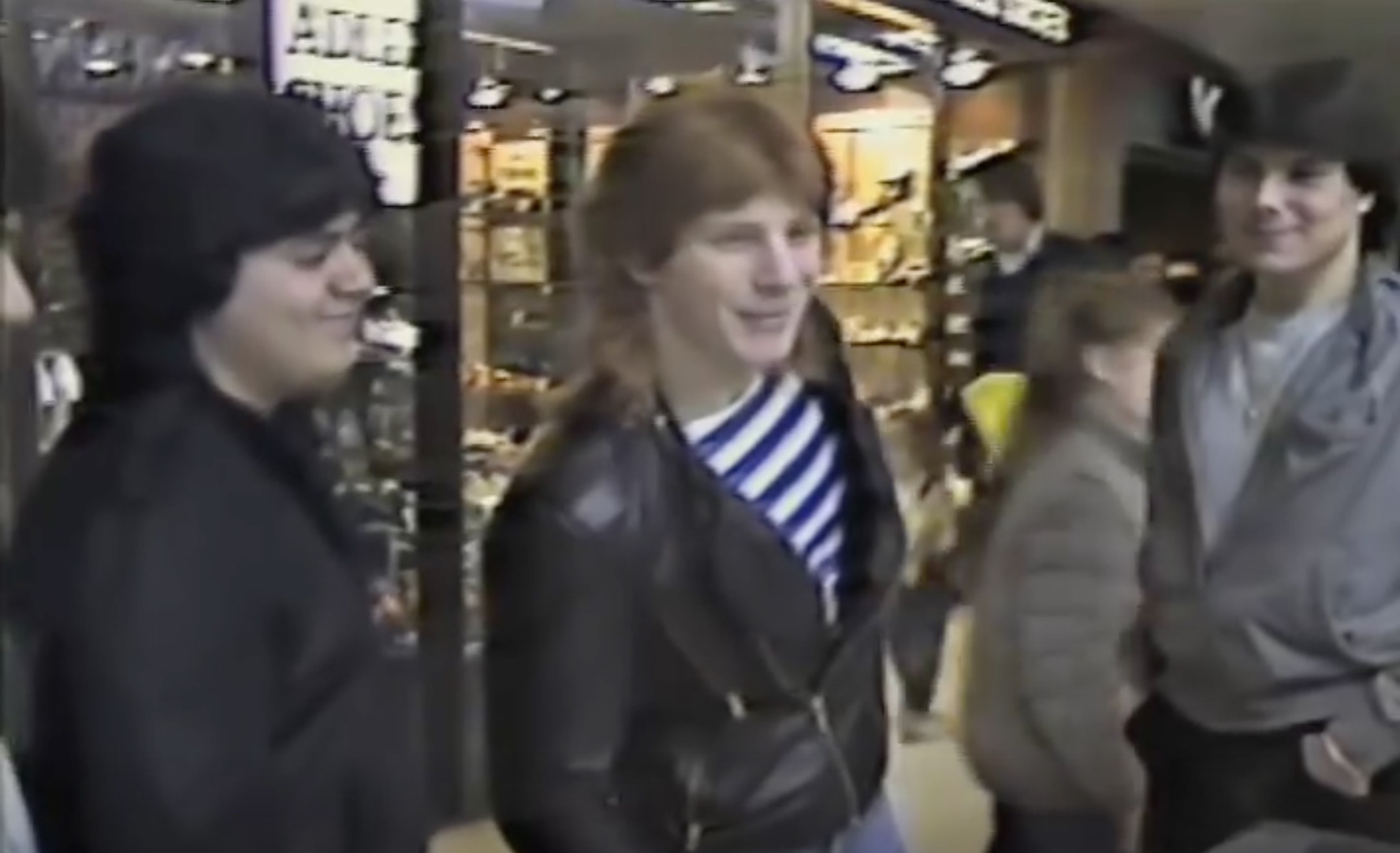
© 1983 HMK Productions/screenshot from Internet Archive
One thing that might be shocking for younger people today to see in this video (and it even caught me off-guard at first) is, for one thing, that smoking was allowed in the mall; and, for another, that it was good number of the youngsters who were the ones doing the smoking.
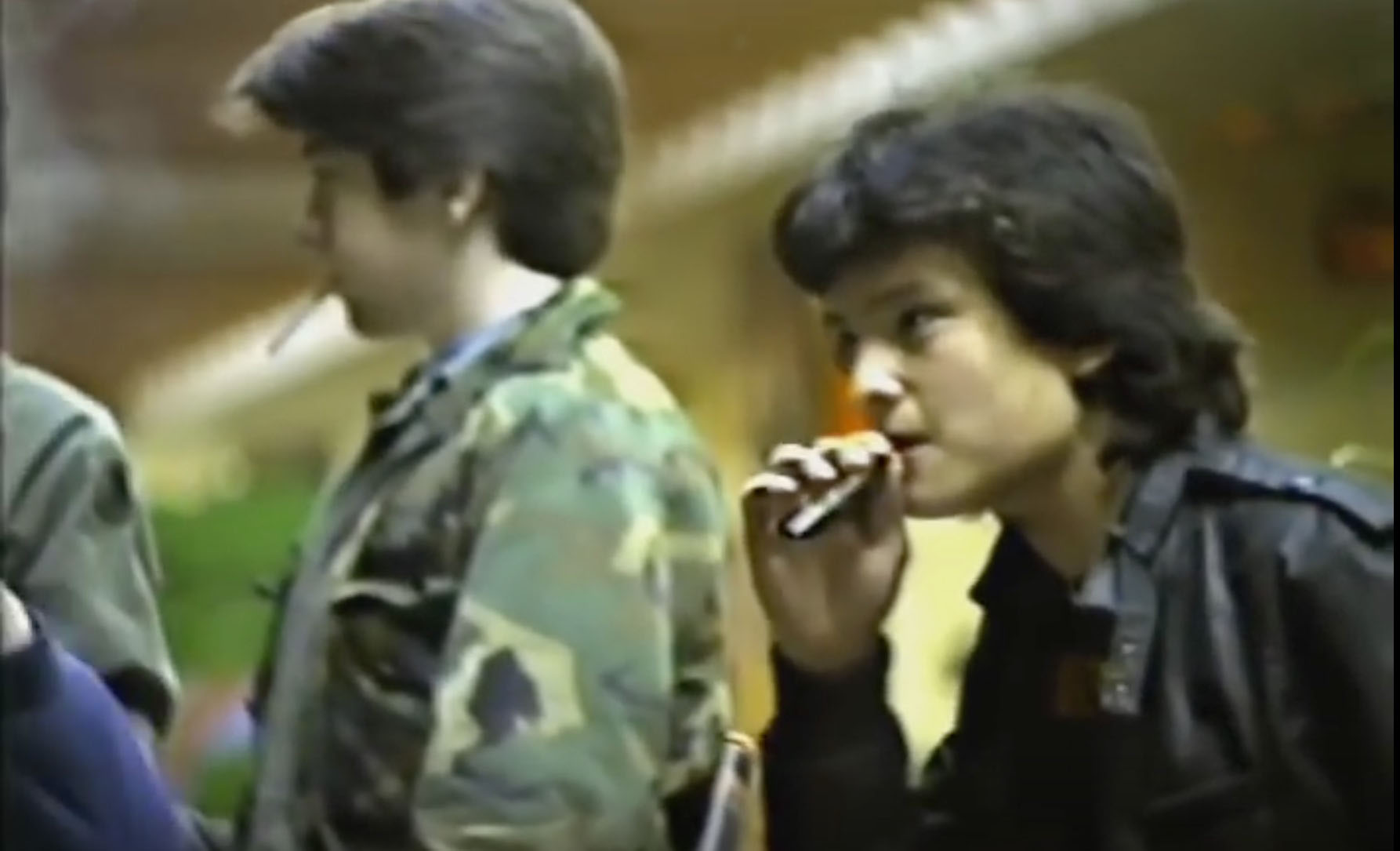
© 1983 HMK Productions/screenshot from Internet Archive
Of course, a big reason why some of the kids say they are at the mall, besides shopping (a few of them mention they are shopping for Easter clothes, so I’m guessing Mall City was shot during a spring break) or just hanging with friends, is seeking out members of the opposite sex. Unfortunately for one girl, though, according to her, all the guys at the mall are “either ugly or taken.”
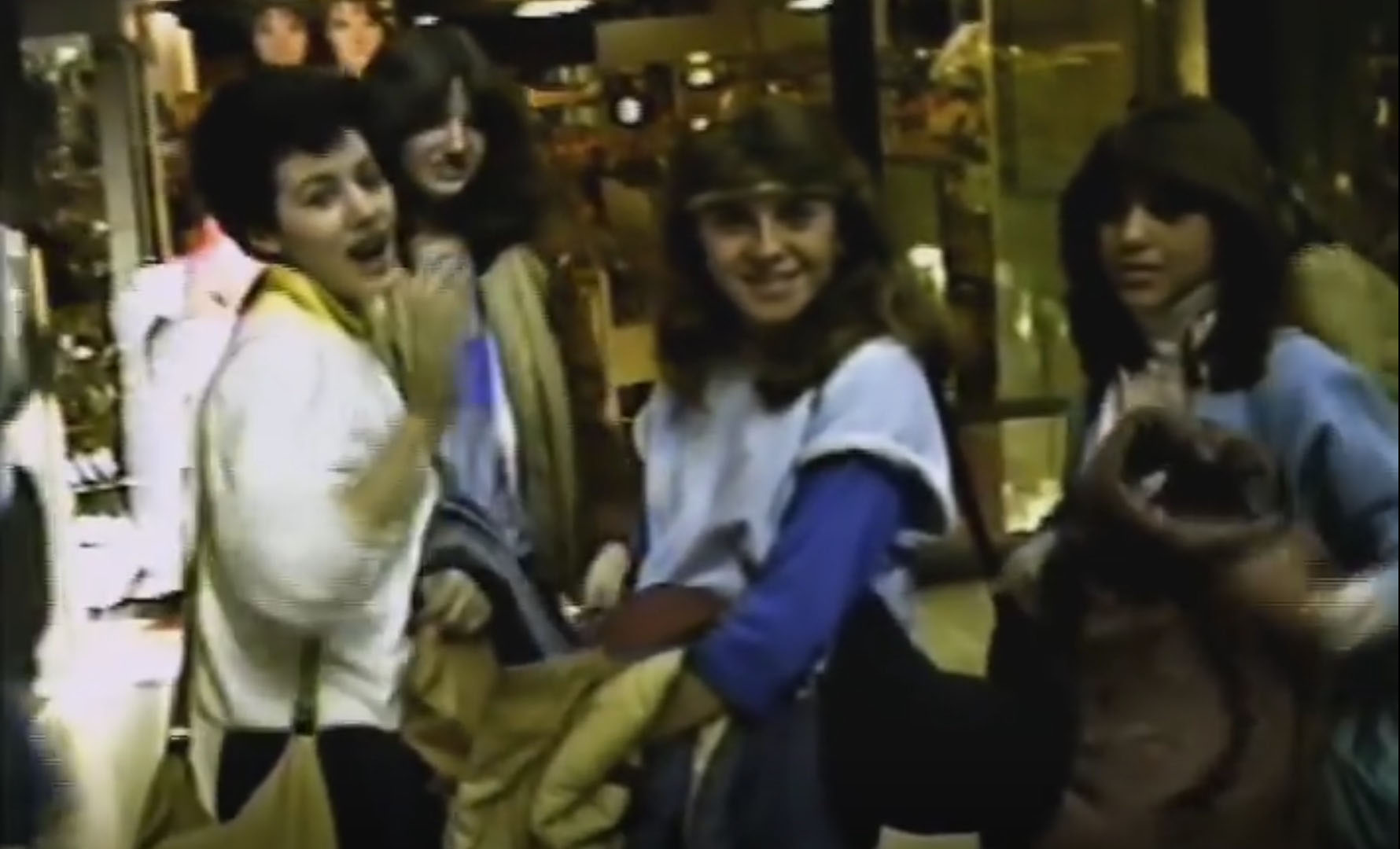
© 1983 HMK Productions/screenshot from Internet Archive
One young man interviewed says he is there to buy tickets for a concert by rock band Zebra. He excitedly says that the Long Island favorites (by way of New Orleans) are “finally gonna make it now,” having just released their self-titled debut album on Atlantic Records right around the time that Mall City was probably made, eight years after the group formed. And this Zebra super-fan was right; Zebra ended up going gold and was the band’s biggest success.
Of course, Roosevelt being a mall in 1983, it has an arcade, called Time Out, a big spot for the kids to hang out. One young man interviewed there mentions that some of his favorite video games are Galaga, Galaxian and Frogger, and that he drops about $15 in quarters on such games each week.
Beyond the interviews with young people, some of Mall City’s most intriguing moments come via encounters with other age groups who are at the mall for various reasons — including just hanging out.
Among those who are just hanging at the mall is a group of very amiable and entertaining older men and women the videographers find gathered at a table, and who are between 50-60 years older than the kids interviewed.
Saying they meet there three to four times a week, one gentleman explains that the mall is “a wonderful place for us ‘oldies’ and even for the youngsters. It is a very sociable place; you meet good people here.”
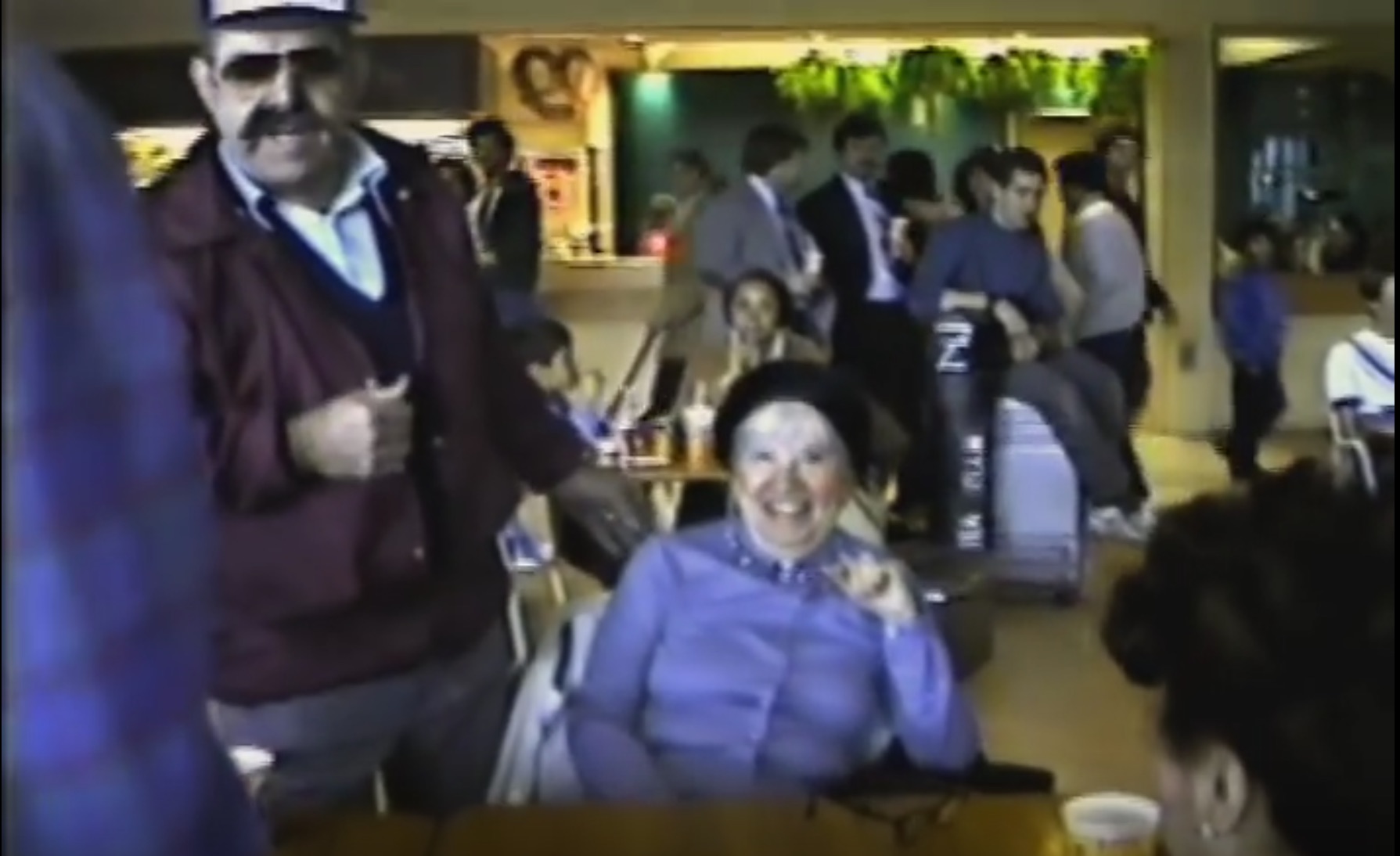
© 1983 HMK Productions/screenshot from Internet Archive
There are a wide variety of other wonderful, real-life characters Kinniburgh and his team encounter at the mall:
A guy who shows off the Walkman he just bought at Record World … before asking the interviewer if he would like to learn about the Mormons (the interviewer politely declines).
A woman who works at the guitar store in the mall, who mentions how Joan Jett had dropped in a few days earlier.
A hippie-ish guy who has plenty of philosophical thoughts on malls, youth and city planning.
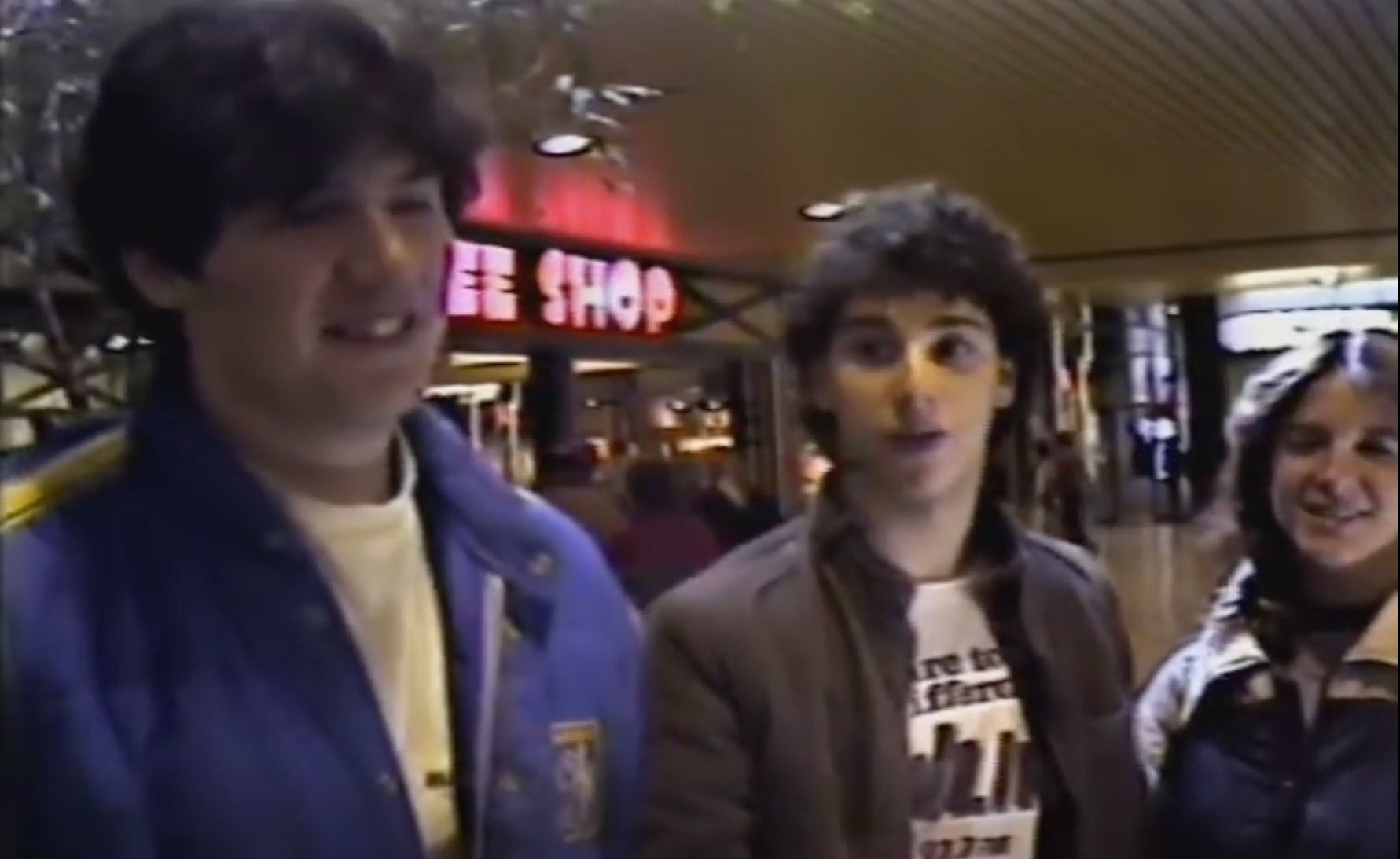
© 1983 HMK Productions/screenshot from Internet Archive
A 20-something punky guy who thinks it’s “pitiful” that kids must hang out at malls and don’t do anything more constructive for their minds, like reading (later, when his thoughts are brought up to some of those kids, their response is to tell him to go f*** himself).
A worker at the mall who explains that “it’s like one big soap opera here” among the various employees at the different stores.
And there is plenty more in the documentary to show how back then, the mall truly was a city, if not a world, unto itself, especially for certain groups of people.
I would put Mall City up there with the perhaps better-known, but somewhat similar, 1986 short video documentary Heavy Metal Parking Lot as an important and enjoyable ‘80s time capsule for not only those who were there, but for anyone who wants to study this long-ago time that may as well be the Mesozoic at this point.

